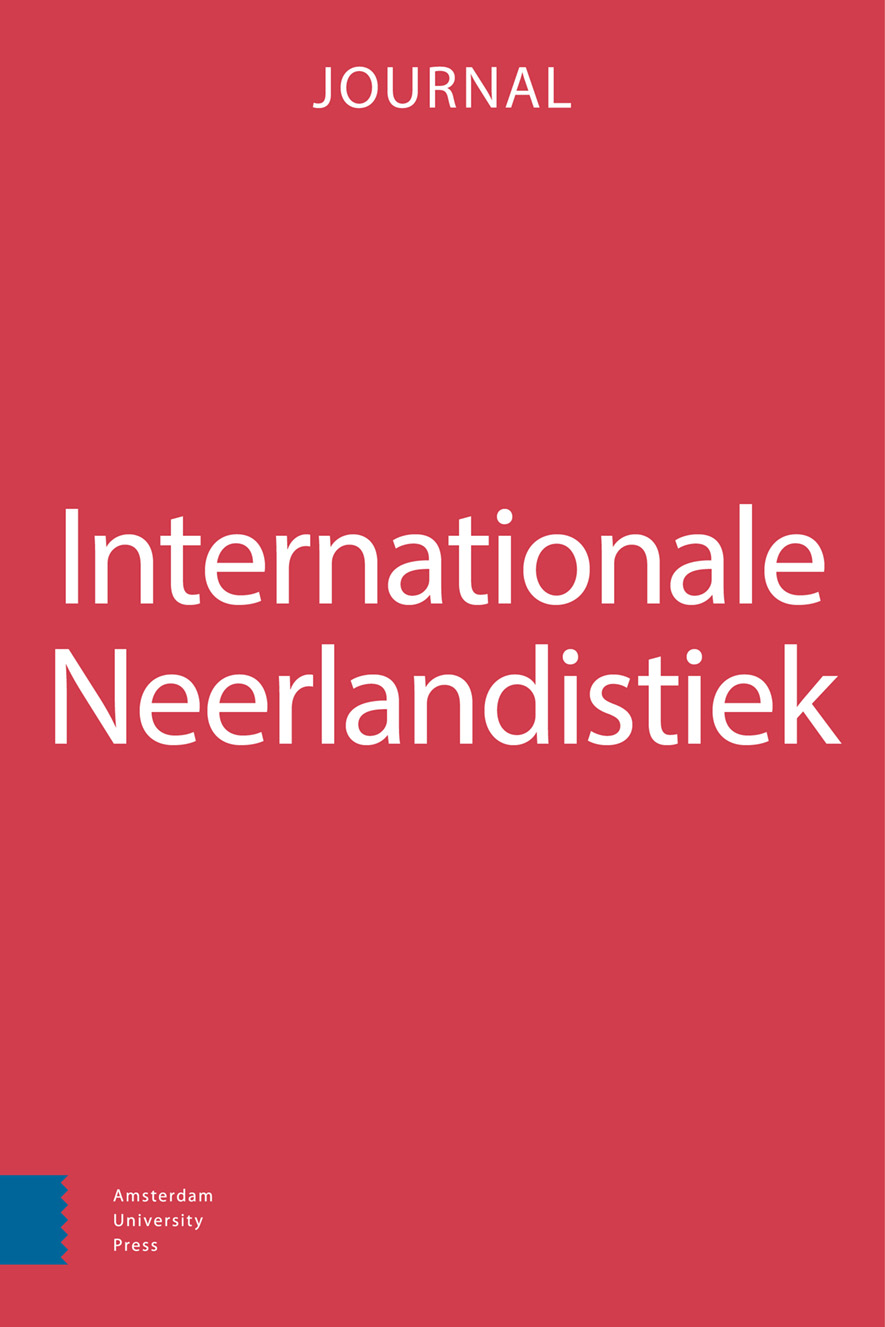-
oa Alle kleuren van de regenboog?
Representaties van gender- en etnische diversiteit in NVT-lesboeken
- Amsterdam University Press
- Source: Internationale Neerlandistiek, Volume 61, Issue 2, Oct 2023, p. 139 - 160
-
- 01 Oct 2023
Abstract
Textbooks constitute important learning tools in foreign language education and should depict ethnic and gender diversity (UNESCO, 2017). This paper responds to calls for intersectional textbook research and addresses the following question: How diverse are representations of wo/men of colour and white wo/men in Dutch language and culture textbooks? We performed content analysis of six frequently used textbooks for learning Dutch, examining pictures, texts and (audio-recorded) dialogues. Results show an underrepresentation of people of colour (PoC) in comparison to demographic statistics. PoC are featured in a limited range of low-status roles, countries and cities are Euro- and Netherlands centric, and there is little variety in terms of accented speech in dialogues. In addition, non-native speakers utter sentences that frame them as dependent. An exception to these tendencies is the textbook Contact 1 (2019), which presents alternative, more inclusive ‘realities’. Our paper builds on the body of (Anglocentric) textbook research from a cultural studies’ perspective, helps determine the degree to which educational materials meet diversity demands in language education policies, and discusses what alternative ‘realities’ could arise in Dutch textbooks.


